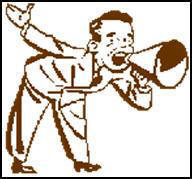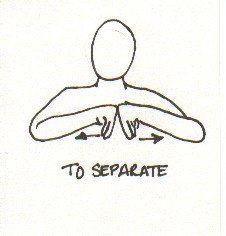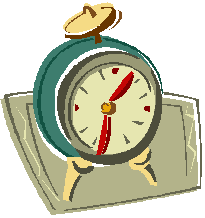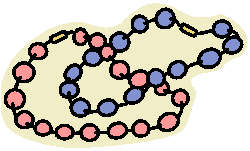|
























|
-
1) Use commas after
the parts of a complete address in a sentence.
-
The house number
and street form one part,
-
as do the state
and ZIP code number.
-
Of course, put
commas between the city and the state, and put
no commas between the state and the ZIP code.
-
(put commas at
the end of each line on an envelope).
-
Ex. The store manager
asked her new assistant to send the hefty package to
Dr. Alicia Raycroft, 4717 Bradford Street, Revere,
Massachusetts 02151, today.
|
 |
 *EXCEPTION:
Use no comma after a date or an address that contains only one
part—unless, of course, the comma is necessary for some other reason.
(That happened in June of 1963.) *EXCEPTION:
Use no comma after a date or an address that contains only one
part—unless, of course, the comma is necessary for some other reason.
(That happened in June of 1963.)
 *EXCEPTION:
Also, use a period, not a comma, after the last part of a complete
address or date that ends a sentence. (He left on June 20, 1999.) *EXCEPTION:
Also, use a period, not a comma, after the last part of a complete
address or date that ends a sentence. (He left on June 20, 1999.)
|
 |
|
|
 |
|
|
 |
 *EXCEPTION:
The year 1941 will always be remembered by Americans. (no pause;
closely related—the year “1941” is necessary for the sentence’s meaning;
without it, the reader asks, “What year?”) (*necessary=no commas) *EXCEPTION:
The year 1941 will always be remembered by Americans. (no pause;
closely related—the year “1941” is necessary for the sentence’s meaning;
without it, the reader asks, “What year?”) (*necessary=no commas)
 *EXCEPTION:
Use a comma after "Jr."
in a person's name:
Robert Stephens, Jr. *EXCEPTION:
Use a comma after "Jr."
in a person's name:
Robert Stephens, Jr.
|
 |
 *EXCEPTION:
An indirect quotation needs no comma. *EXCEPTION:
An indirect quotation needs no comma.
(He said
that Jane had
left.)
|
 |
 *EXCEPTION:
Use no comma between two or more words that are
usually thought of as a single item. (I
like a picnic of hamburgers, pork and beans, and
potato chips.) *EXCEPTION:
Use no comma between two or more words that are
usually thought of as a single item. (I
like a picnic of hamburgers, pork and beans, and
potato chips.)
 *EXCEPTION:
Use no comma in a series in which all the items are joined by “and” or
“or.” (Irma dances and sings and whistles very well.) *EXCEPTION:
Use no comma in a series in which all the items are joined by “and” or
“or.” (Irma dances and sings and whistles very well.)
 *EXCEPTION:
Use a semicolon (;)
to separate each item if at least one of the
items has a comma in it. (I
grabbed the frying pan, which was extremely hot;
screamed like a colicky baby;
and did a funny dance
across the kitchen.) *EXCEPTION:
Use a semicolon (;)
to separate each item if at least one of the
items has a comma in it. (I
grabbed the frying pan, which was extremely hot;
screamed like a colicky baby;
and did a funny dance
across the kitchen.)
|
 |
|
|
 |
|
|
 |
|
|
 |
|
|
 |
|
|
 |
|
|
 |
|
|
 |
|
|
|

|